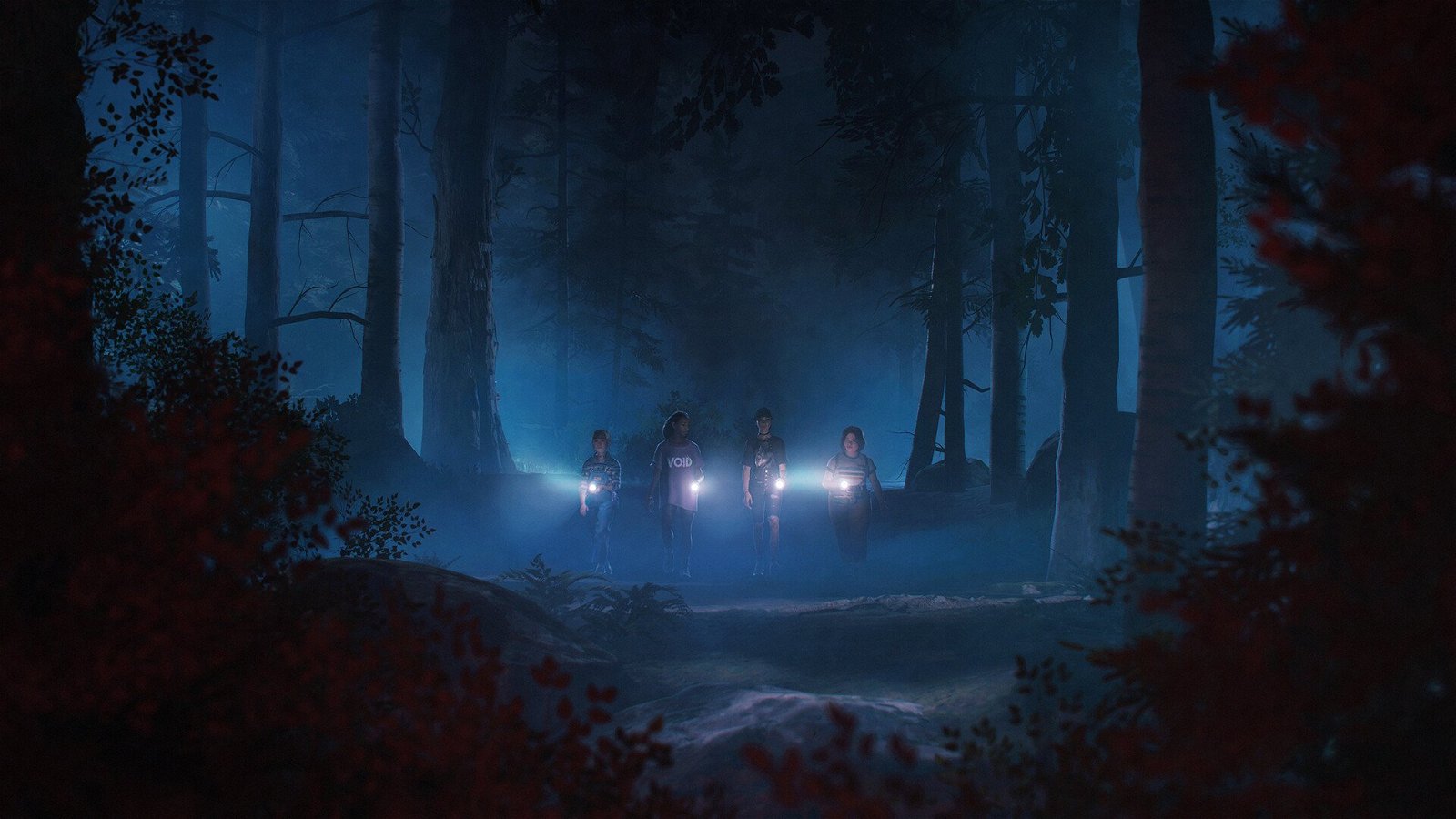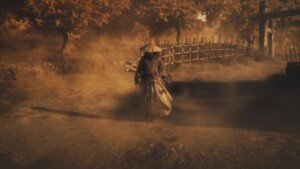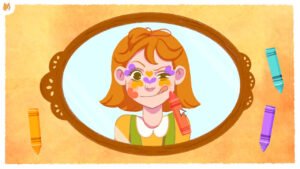Get ready to dive into the magical realism and captivating storytelling that DON’T NOD is known for with their upcoming narrative adventure, Lost Records: Bloom & Rage. The creative minds behind the beloved Life is Strange series are transporting players back to the summer of ’95, where a group of high school friends — Swann, Nora, Autumn, and Kat — forge unbreakable bonds and uncover a haunting secret. Fast forward 27 years later, and fate brings the estranged friends back together to confront the mystery that tore them apart all those years ago.
CGMagazine had a chance to sit down with the developers at DON’T NOD Montréal to unravel the inspiration behind this nostalgic journey through time, the innovative gameplay mechanics that promise to redefine the genre, and how the team is pushing the boundaries of player choice and consequence. With a story brimming with ’90s flair, supernatural intrigue, and heartfelt character drama, Lost Records: Bloom & Rage is shaping up to be a must-play experience for fans of emotionally charged, choice-driven narratives.

DON’T NOD is known as a French studio. What do you think DON’T NOD Montréal is going to add to the DON’T NOD family, especially with Lost Records: Bloom & Rage?
Frédérique Forney-Jennings: So I think it’s an amazing question because I’m living in Canada. I’m originally from France, I grew up in Africa, and I’ve been in North America for more than 25 years, and I spent most of these years in Quebec. So first, Quebec is definitely an amazing talent pool for the video game industry, and initially, with a lot of people coming from here, a bunch of people coming from France, but a lot of people grew up in the video game industry in Quebec.
Because of the nature of our ecosystem and the fact that we have more than 200 video game studios in Quebec at the minute, it brings a lot of different profiles and a lot of different diversity in the way of making games and in the genre of games that are being made. So, I think this is an amazing asset for anyone who has a studio to be able to reach out to some talents that worked on different products.
I myself have worked at Ubisoft and Microsoft Xbox, so there are so many different ways to make games and so many different IPs. So that’s one thing. The other thing is that there is a very different way of working. The work culture is very different between North America and Europe, as well as some countries in Europe.
So it was a bit of an adjustment that we had to go through, and I think it was very challenging for all of us, including at headquarters, because we had to learn to work together in a way that we are not necessarily used to. It’s also another form of diversity and, in a way, inclusion that needs to be done. It’s all this richness of different profiles, different ways of thinking in Quebec or Canada. Like we’re kind of chill. But we couldn’t think of a better cauldron to stir this potion, this magic recipe.
How did DON’T NOD Montréal get involved with Lost Records: Bloom & Rage, and how did the concept come together?
Luc Bagadoust: Michel and I have been working together for a long time. We started working together on Remember Me, then much more closely on Life is Strange and Life is Strange 2 at DON’T NOD Paris and then after Life is Strange 2, we decided to kickstart new adventures in Montreal. It’s something that had been in DON’T NOD Montréal’s mind for a while. It was the right moment to do so, and we’ve been very lucky because there was this trust from Paris’ direction, Oscar and the HQ to create a new studio and a new game.
This time, because the Life is Strange IP is owned by Square Enix, the strategy was to work on our own IPs. Michel and Jean-Luc are the writers behind Life is Strange 1, Life is Strange 2′s characters and story, and this new game, Michel had carte blanche to create a new game. This was the kind of game we wanted to continue making.

Michel Koch: Yeah, that’s a tough question because when you’re starting to think of games to create, there are so many ideas, so many characters, the universe to explore. I think we worked on the very beginning of this project with Jean-Luc Cano, who is the writer of Life is Strange 1 and 2, so I worked with him for all of the previous games.
I think it was right after Life is Strange 2, early 2020, we were thinking of if we have carte blanche like Luc says, what are we doing? Where do we go after Life is Strange? What are the themes we want to talk about? What kind of game do we want to create?
This coincided with the beginning of the pandemic when it was much, much harder to meet friends in real life. There was this sense of isolation that was starting to get on all of us with the pandemic. I think in the back of our minds, part of this helped us to know that we wanted to make a game not about just one or two characters but about a group of characters, a group of friends, who are reconnecting after having not seen each other in 27 years. I think part of it at least came from this need for connection during the pandemic. We wanted to have a bigger friendship story than what we did before.
I think that on top of that, there was all the DNA of what we loved in the games we did before in Life is Strange, having a part of real-life characters, but dealing with light, supernatural elements, some weird things happening around them because it creates for us an interesting story to talk about those characters.
As you’ve seen in the trailer we showed at The Game Awards, there are weird things happening in Lost Records: Bloom & Rage, and we are continuing this by making sure that we are using light supernatural or light sci-fi elements to bring drama around our characters and I think the other part of why we choose those characters in this story was also thinking of gameplay of how do we want the narrative genre, the choose your adventure kind of storytelling game evolve.
That’s why we decided to use the two different timelines in our game. You saw that in The Game Awards trailer, but this game will take place in two different timelines. In the summer of 1995 and now in 2022, when the characters meet again as adults, we wanted to use that for storytelling and gameplay mechanics.
You’ll be playing in both timelines, and the choice you make in the present will affect something you’re playing in the past, and the choice you make when you’re playing in the past will change who they are today and what’s happening in the present. So we are thinking that having this kind of setup would allow us to bring some new interest and twists on the choose-your-own-adventure genre we did with Life is Strange and Life is Strange 2.

How many of the lessons you learned with Life is Strange did you bring to Lost Records: Bloom & Rage?
Michel Koch: I would say a lot of it because that’s the kind of game we’ve been working on and the kind of story we’ve been making for the last ten years. As a player first, I really love interactive storytelling, how I can find great stories and great characters in games, but also find a way as a player to interact with them and find my own space within those stories.
That’s something that we’ve done in our previous games, and we want to do even more with this one, is to make sure that we’re not just showing you an interactive movie, but we’re finding a way to combine interesting storytelling with player urgency and how the player can find their own space within the story that they’re playing, and they’re acting in a way.
I think we used a lot of our learnings from the previous game. For example, we know that a lot of our players enjoyed having the more immediate gameplay feedback with the rewind power in the first Life is Strange and second Life is Strange, it was something that was a bit missing to have a more direct interaction with [Lost Records: Bloom & Rage].
I don’t want to spoil too much of what we are doing with this one, but as you’ve seen in the teaser we showed you at the beginning of this meeting, Swann is using a video camcorder during her life in the ’90s. So when you play the Past Memories in 1995, you will have access to this camcorder, and I won’t give away how it will be used in the game [Lost Records: Bloom & Rage], but it will be a big part of how you will be able to use it at any moment that will create a connection with you and your character, and it will be used for both puzzle solving and storytelling.
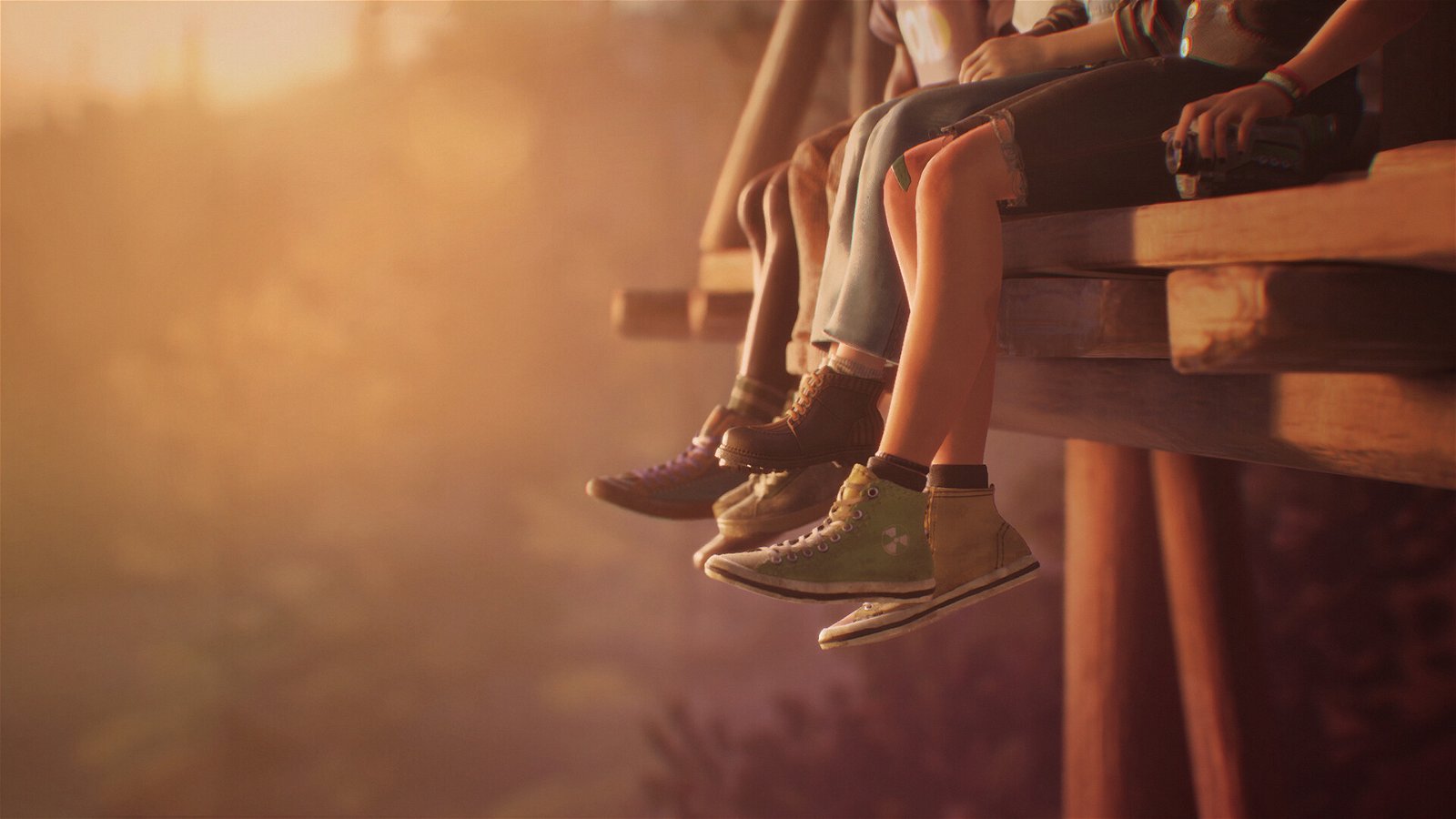
We are also trying to learn from what we did before for the dialogue system because talking is very important in a game like this. You are talking for your character, you are making choices, you are talking to other characters, you are listening, and what we’re trying to do with Lost Records: Bloom & Rage is to make the dialogue system slightly more interactive and naturalistic in a way that you will be able to have much more urgency about when to talk when not to talk, how to use some of the things that are around your surroundings to bring new dialogue topics to the discussions.
We want to try to make you feel like you’re part of a group of friends and try to find a new space within this group by how you communicate with others. But for the rest, we are still keeping the same DNA where Lost Records: Bloom & Rage will be a narrative adventure game where you have a lot of world-building, moving around in an environment, finding clues and looking at environmental storytelling like we did in the previous games.
It will be a lot of just exploration of the environment, dialogue with characters, using some of the interactive tools we are giving to our players to recreate the story, and, of course, playing with all the branches and hopefully, that will create a lot of replay value where you can replay the story at the end and make different choice, make different decisions, both in the present and the time to change the outcome of the stories, both at the end of the summer of 95 and at the end of the reunion evening in 2022.
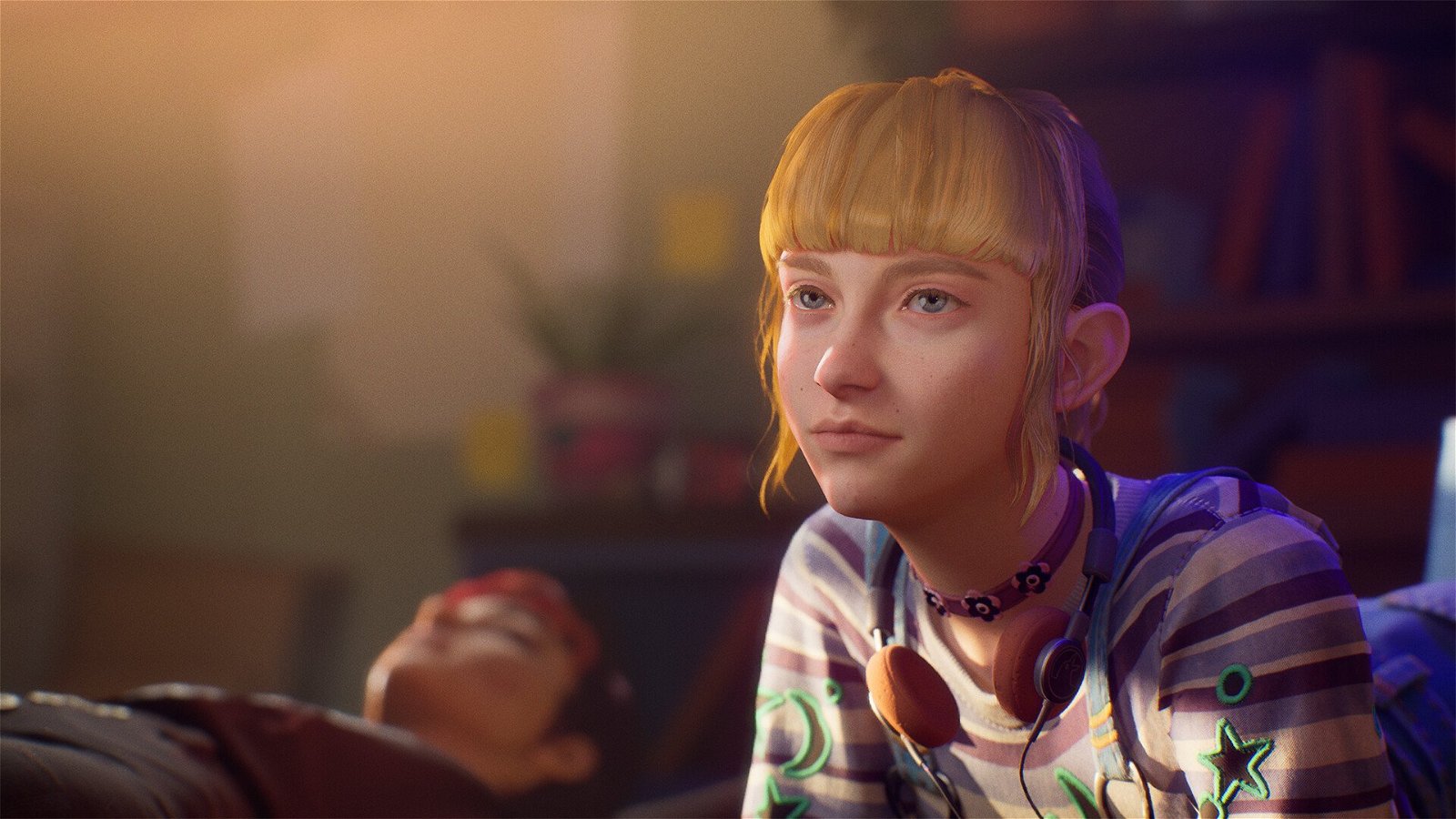
How has the process of development for Lost Records: Bloom & Rage been up to this point? Was gameplay or story the most critical part of development for this title?
Michel Koch: I think it’s always a bit of both because we cannot make a game by just thinking of the story first. I think that the way we’re working, characters are something that, for us, are the most important because, especially in games, if the players are not connecting with the characters, whatever the story you’re telling, it won’t work. We need good characters to tell a good story.
You cannot just have a good story if you don’t have great characters. But even more than that, we need gameplay. What is the player’s urgency? What will resonate for the player with this? For example, for this game, I think we started by having this idea of a group of friends, two timelines, alternating between those two timelines to recreate the events, and we didn’t know what the events would be at first.
We started by trying to find a very simple core experience that we felt was worth playing and giving a very small narrative sandbox to the player to play with, and then we started to flesh it out. We have those two timelines, we have those characters, they are meeting again, then didn’t see each other for 27 years. So, what do we want the player to feel both in the present and in the past? What are the mechanics we are giving them? Then we thought that the camcorder would be a great tool, and most of the time, we are building things this way.
We did the same thing with the first Life is Strange, when we just knew as a premise that we wanted to play this teenage girl who had this rewind power, and then we started to explore what kind of story we could tell with that in mind. So I think it always starts with an idea of, I won’t call that a gameplay loop because for storytelling games, it’s not a gameplay loop, but it’s a gameplay narrative loop in a way.
Starting with this basic premise of good narrative mechanics that are worth playing, then we built the characters, the stories, the universe, and the world building on top of that, working with the designers and art designers to make sure that it all works. It’s a bit of going back and back and forth between the two. But never start with just a full story, and we try to make a game out of it.
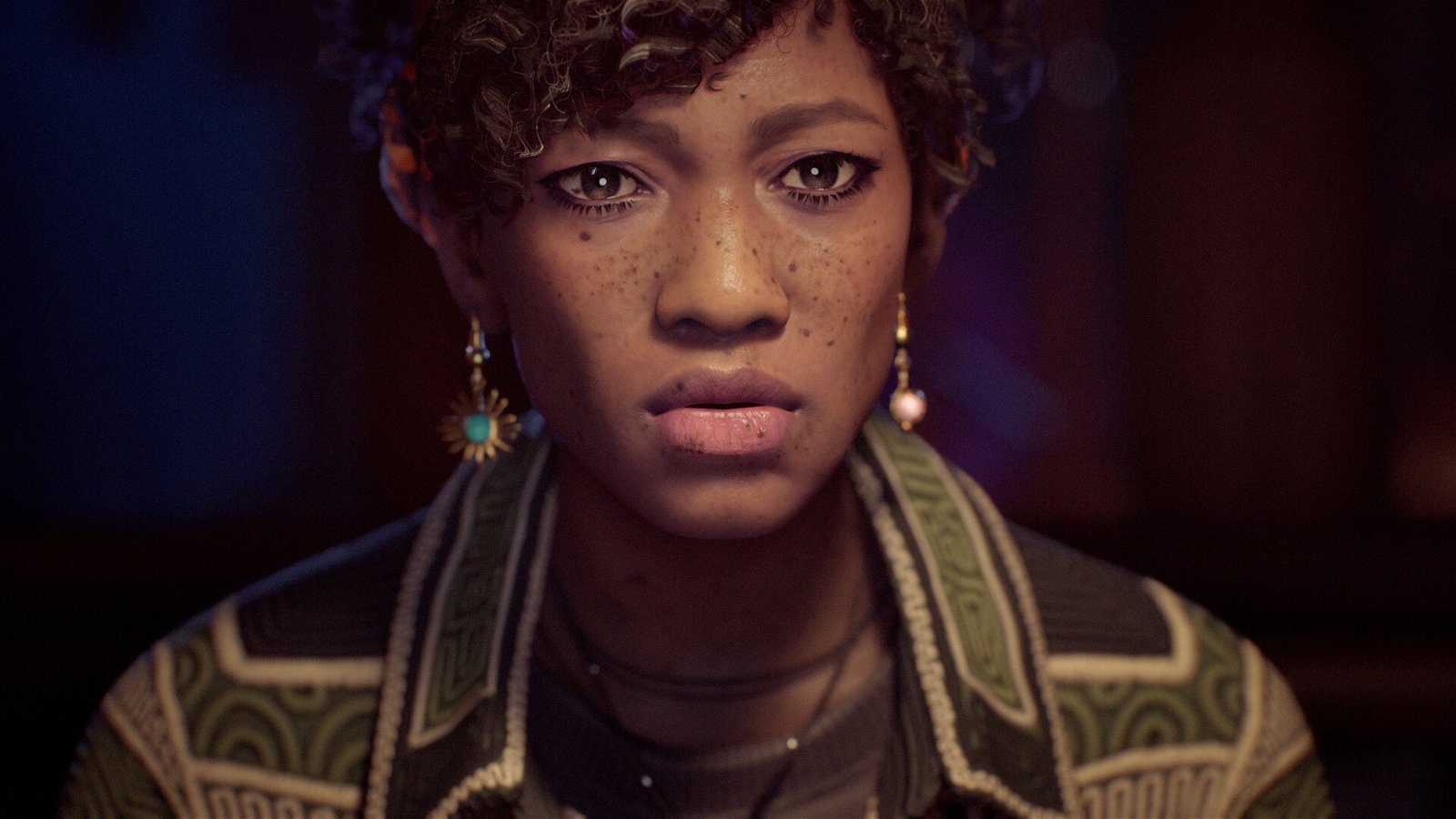
How does it feel as a studio at DON’T NOD to be called out for leading the industry in story-driven games, and how does it feel that people are so excited by the things that you do?
Frédérique Forney-Jennings: I think it is a difficult balance. It’s really about staying true to yourself, and at the same time, there’s the harsh reality of the market and the economy. We are trying to always find ourselves at the best place where we can release a product we are happy with and feel proud of.
We hope that’s going to generate revenues so we can continue to bring other products, but at the same time, we don’t want to go in a way where we are going to monetize. We are not geared this way, so it’s not who we are. Certainly, we need to continue to be innovative and we need to be smart because this is also how we ensure the future of the studios and the group.
Luc Bagadoust: I agree, and as a player myself, I have these kinds of games; whether it’s Call of Duty or Elden Ring, I spend more than 100 hours on the game. But as a player, I need my single-player experiences. This is a very important part of the games I play, and I believe there’s still a big audience for that because we will enjoy a good story, good experience, different art styles, and different characters in this kind of game.
As long as I hope there’s a market for that, we’ll be very happy to continue working on this game. Thankful to the HQ for letting us continue doing that and not being requested to create a game as a service, but I feel there’s still a huge audience for that, and I hope we will be able to reach them.
Michel Koch: Like with the massive success of Baldur’s Gate 3 last year. It’s a huge game, it’s so good, and I still don’t know how they managed to get it out with so much content and whatever, but it’s totally the kind of game where you buy it, and you have everything, and all the updates are free, and it’s awesome. I don’t think I could personally do a game as a service; I don’t know.
I think there are great people who do them for other studios, so hopefully, there is space for both. We can continue to improve on what we do best and continue to create those handcrafted experiences that don’t take 100 hours to play, but hopefully, you come out of it with a good story, good memories of the characters and a feeling that you were part of an interesting interactive story.

You mentioned that there will be replayability with Lost Records: Bloom & Rage. How does that look for the player? Are there multiple endings, or how else can you replay Lost Records: Bloom & Rage to get new experiences?
Michel Koch: I don’t think I can say too much for now about the number of endings and branching, but something important for us in our games is, again, it’s player urgency within the narrative design, the game system, the characters, characters’ arcs and I think that to make sure that this works, we need to have branching. We need to have a way for you to make sure that you are playing your own version of the story.
It’s still Swann’s story, but it’s your version of Swann’s story where, hopefully, in this game, even more than some of the others, we want you to have the opportunity to put more of yourself when you decide what to answer, where do you want to drive Swann and the group storyline, both in the past and the present time. So, I think that replay value is important, but for me, it’s okay if you decide to play the game only once.
What’s important is that the version of the game you played makes sense for how you wanted to behave with the other girls, what kind of relationship you want it to have and if you want to replay it, of course, that’s great because you will be able to experience different branches, different endings both in the past and the present, what would be the fate of the group in 1995, in 2022.
I think that it’s more important than replay value for the sake of replaying the game; it’s making sure that when you play the game [Lost Records: Bloom & Rage], you have this feeling that the game is reacting to what you do in a meaningful way. That’s important so that even your first playthrough feels complete and feels like you have your version of the story and the character that you enjoyed—that you loved—and it all makes sense with the choices you made.
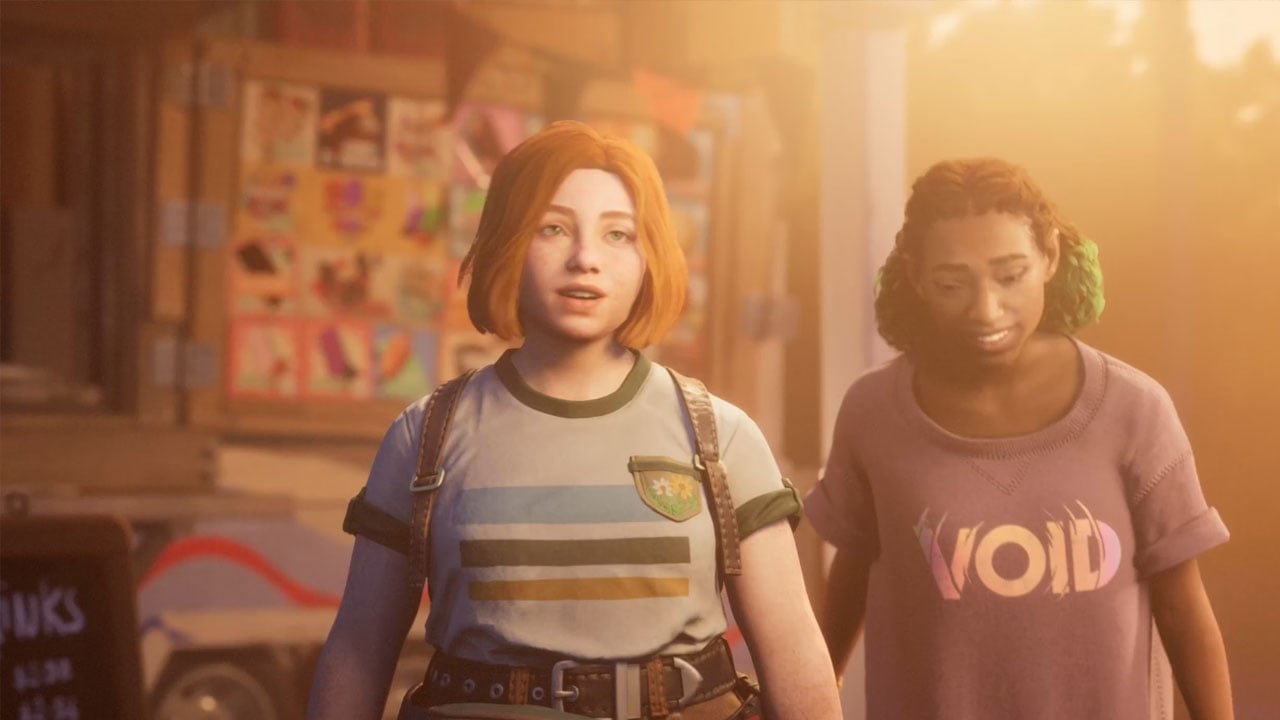
Just to clarify, you’re saying that it isn’t necessarily a good or bad ending in Lost Records: Bloom & Rage, there are just different endings based on how you play?
Michel Koch: I would say, yes, that’s just something I said the same way for Life is Strange 1 and 2. I think that there will be some endings that might be darker or slightly more bittersweet than others, but at least for me, and maybe the players will disagree, I see every ending we make in those games and every branch as good in a way because it makes sense with what you did. I think, in a way, we want every branch and every ending to be worth your playtime, and it makes sense for the story.
Hopefully, it creates emotions I wouldn’t say that you like, but that you are entertained in a way that is pushing you in a state of mind that at the end of the game, you want to reflect on what happened to think back of the characters you meet, of the characters you lost in the way and hopefully keep that with you for a few days or a few weeks thinking about that, and hopefully every ending will create this resonate with our players in this kind of way.
A lot of people love the DON’T NOD games so far, but what about Lost Records: Bloom & Rage will continue that tradition and attract players to this new game?
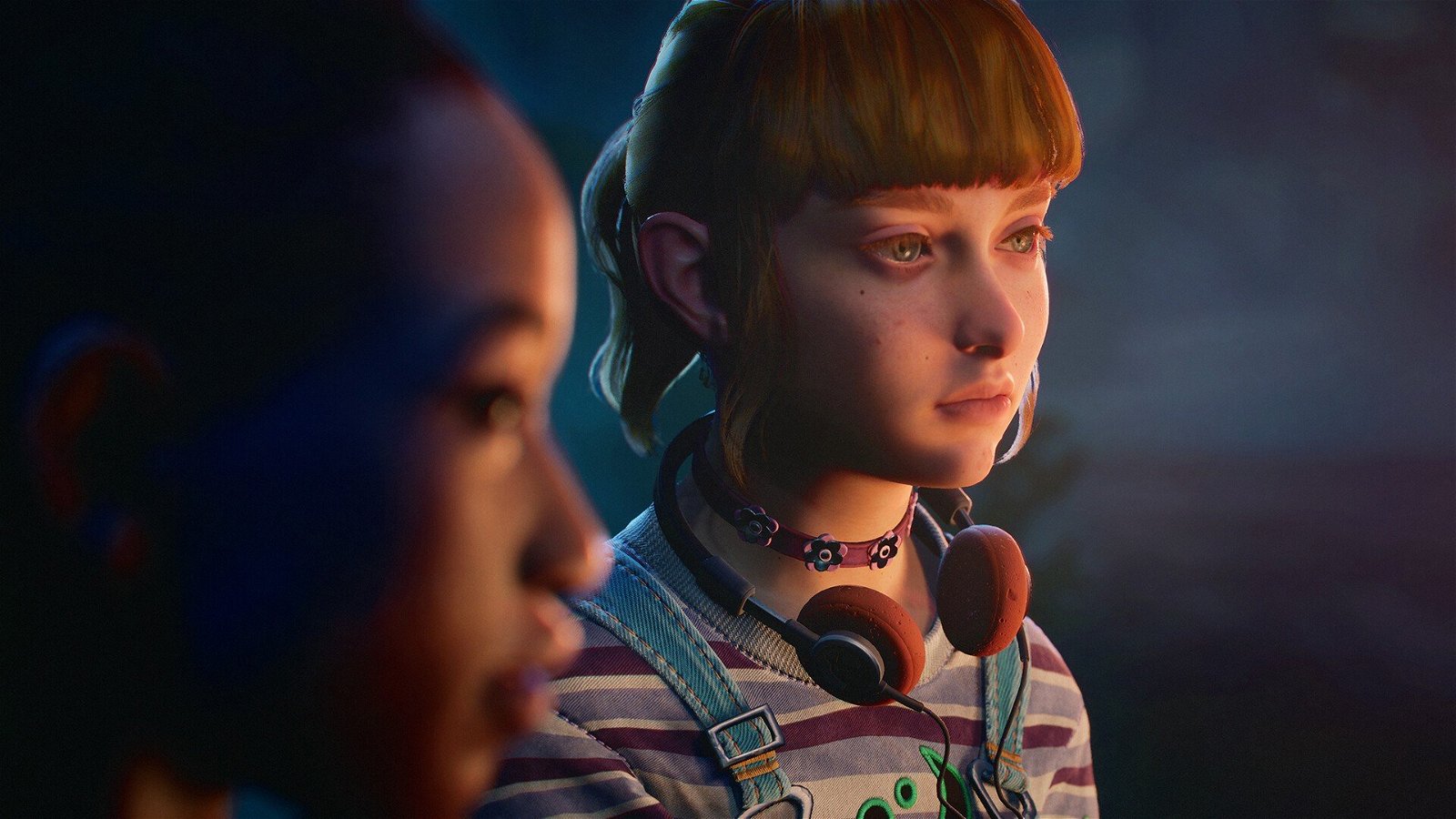
Michel Koch: I think that I’d love for our players to jump in Lost Records: Bloom & Rage to discover who those characters to play alongside Swann and meet Nora, Autumn and Kat and experience, as Swann is experiencing during the game this kind of friendship at first sight with them for this very short amount of time during the summer of 95, to experience a wild summer of joy and sometimes sadness and hopefully really love those characters when they finish the game and have lived and experienced same kind of friendship with them in this short amount of time.
Hopefully, as the same thing that happens when you finish a TV show where you love the character. That’s having the feeling that you kind of lost some friends when you turn off the game. I would love for the players to care deeply about them in a way that when they stop playing, they are missing them.
Lost Records: Bloom & Rage aims to release in late 2024 on PC, Xbox Series X|S, and PlayStation 5.
